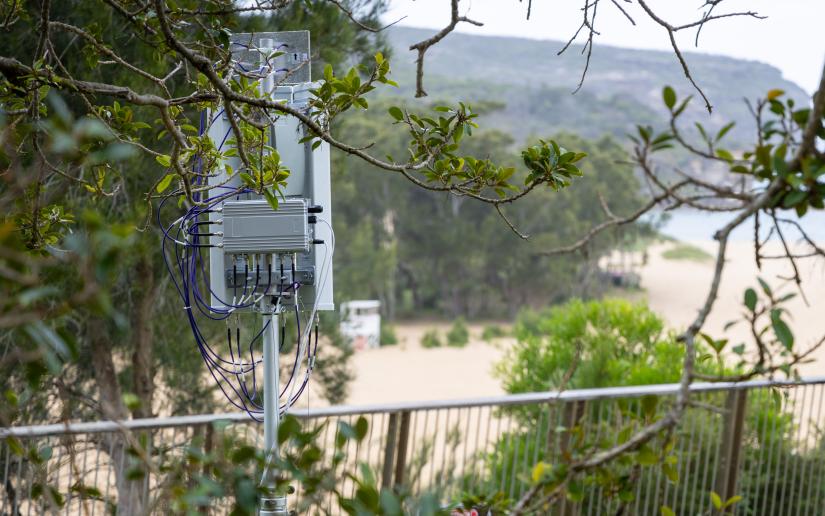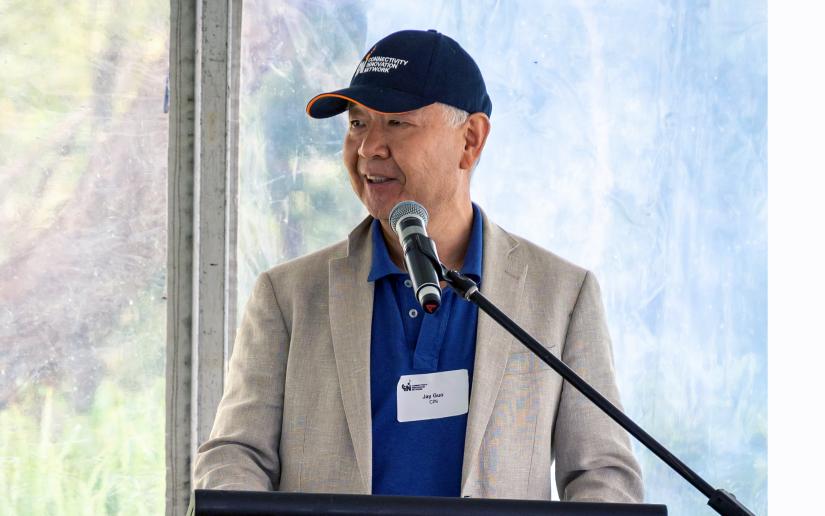Federal backing for innovative crisis and remote communications solution
A world-first project to develop a rapidly deployable large-area WiFi network that can provide voice and data services in remote areas and in times of crisis is being supported into its next phase with the awarding of a federal grant.

Picture: The Connectivity Innovation Network (CIN)
A multidisciplinary collaboration between industry and academia, the Large Area WiFi project has been awarded $1.5 million under the Telecommunications Disaster Resilience Innovation (TDRI) program following a successful public demonstration of the system in the Royal National Park on 27 February.
The Connectivity Innovation Network (CIN), jointly led by the University of Technology Sydney (UTS) and the University of Sydney, will work on the next phase with industry partners Pivotel, an Australian provider of regional, rural and remote communication solutions, and Roobuck, an Australian company specialising in the design and manufacture of safety and productivity equipment for the mining and industrial sectors.
The Large Area WiFi solution is designed to connect operational sites, or entire communities when unforeseen events render traditional communication services unavailable, delivering coverage to an area of up to two square kilometres and catering for up to 100 simultaneous users at speeds of up to 10Mbps per user.
The service is equally suited to communities in regional, rural and remote areas where the challenges of having no or poor connectivity to support digital services are well known.
UTS Distinguished Professor Jay Guo, the CIN Technical Director, said, “The Large Area WiFi project leverages CIN’s world-leading capabilities in the connectivity space, wireless communications and UTS’s world-class expertise in antennas and telecommunications engineering in particular.

Distinguished Professor Jay Guo speaks during the public demonstration of the Large-Area Wi-Fi system in the Royal National Park in February. Picture: The Connectivity Innovation Network (CIN)
“The earlier success of the previous CIN-funded pilot project serves as a great exemplar of how Australian universities, industry and governments can work together to tackle our national challenges and meet the needs of our communities.
“We are confident that the TDRI grant will propel the technology to the next level, to deliver meaningful societal impact.”
The system utilises an innovative WiFi protocol designed by University of Sydney researchers that enhances long-range high data rates, while a unique high-gain and wide-beam antenna designed by the UTS team enables high performance over a large area.
At the time of the public demonstration UTS Associate Professor Peiyuan Qin said the project set a new standard for crisis connectivity.
“We believe that this technology has the potential to significantly transform disaster response and enhance connectivity in remote areas,” he said.
